Let’s take a look back at the most improbable Game Boy accessories.
The Game Boy has been a part of many players’ childhoods. From Pokémon to Tetris, and including Super Mario Land and Zelda, Nintendo’s handheld console has left its mark through its games, but not only that. Numerous accessories have also contributed to the Game Boy’s success.
BarCode Boy Set
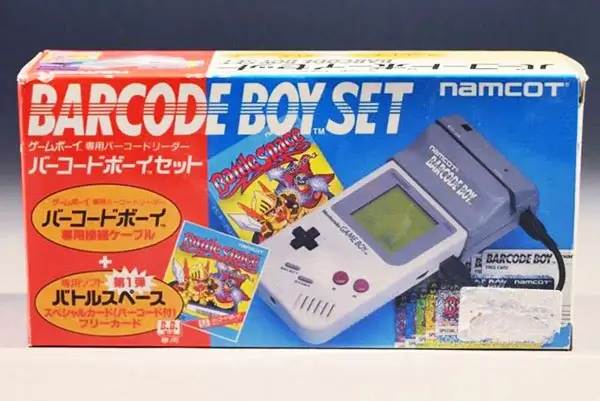
While we are now familiar with amiibo, these figurines that unlock new in-game characters on Wii U, Nintendo 3DS, and Nintendo Switch, similar experiments date back much earlier. In the era of the Game Boy, Namco introduced the BarCode Boy. This small peripheral attached to your console allowed you to scan special cards to unlock additional in-game content.
Some Namco titles fully utilized this accessory, such as Monster Maker: Barcode Saga. This strategy game was released exclusively in Japan in 1993. As you can imagine, few games were compatible with the BarCode Boy, and even fewer made their way to Western shores, which prevented the BarCode Boy from gaining widespread recognition.
Boom Box Boy
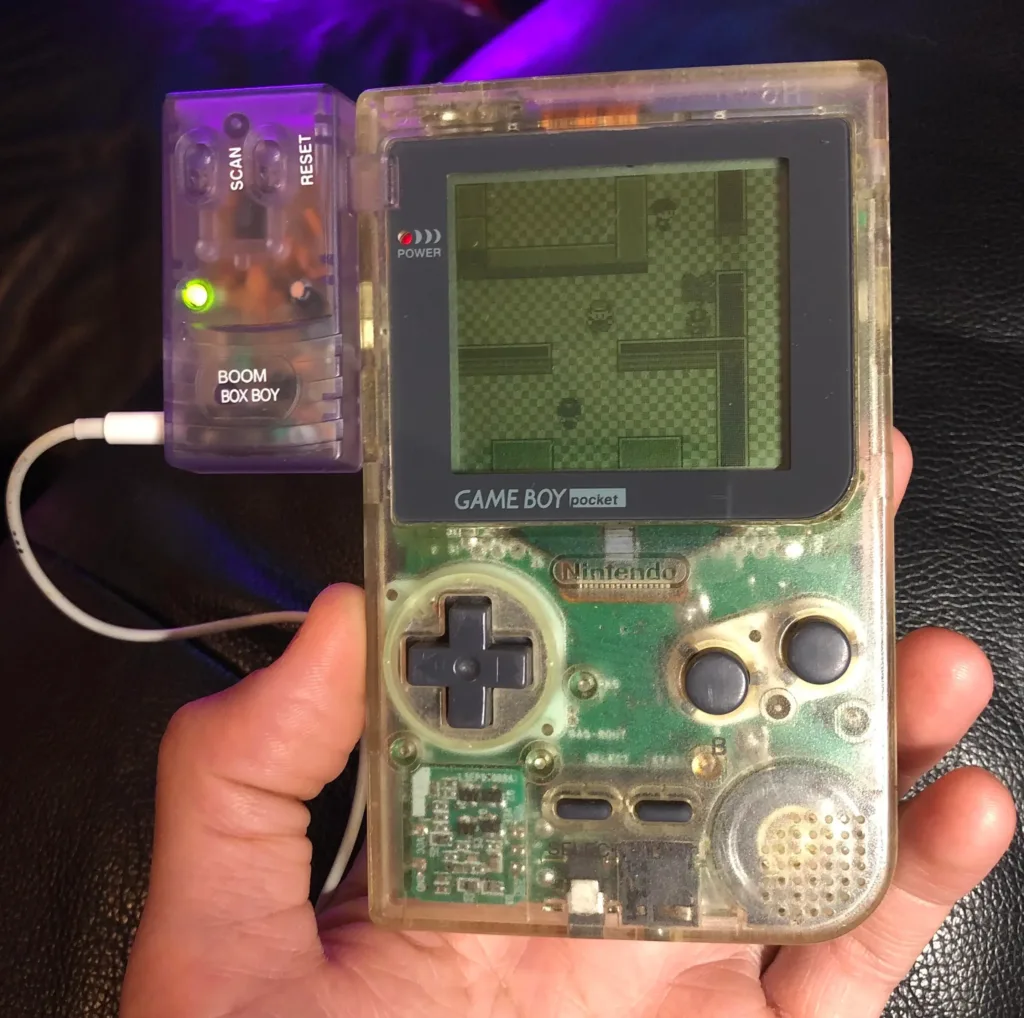
At the very beginning of the 2000s, a new accessory burst onto the market: the Boom Box Boy. By connecting this small device to your Game Boy Pocket or Game Boy Color, along with a special pair of headphones, you could listen to the radio. A little gadget that allowed young people who didn’t have a radio to get one inexpensively… at least in theory. In practice, the Boom Box Boy wasn’t the most functional. Very fragile, it offered few features for a lot of constraints. Needless to say, the device quickly lost its appeal, especially as the era of walkmans and CDs arrived, sweeping away this little portable radio.
Booster Boy
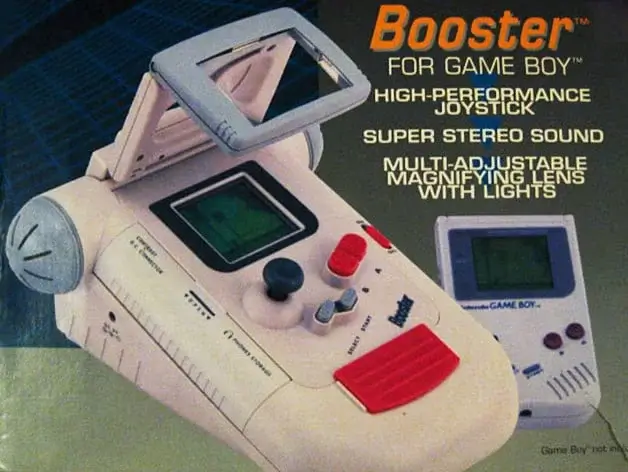
The whole point of a portable console is the ability to take it with you wherever you go. However, this often means making compromises on the console’s performance, and that was certainly the case with the Game Boy. Various companies sought to address this issue, such as Saitek, which launched one of the most imposing unofficial accessories: the Booster Boy. This large contraption, which slightly boosted your Game Boy’s capabilities, took away its main advantage: portability. Despite the paradoxical nature of this accessory, Nintendo was intrigued by the idea and granted its famous ‘Licensed by Nintendo’ stamp to another similar device: Handy Boy.
Game Boy Camera (and its Game Boy Printer)
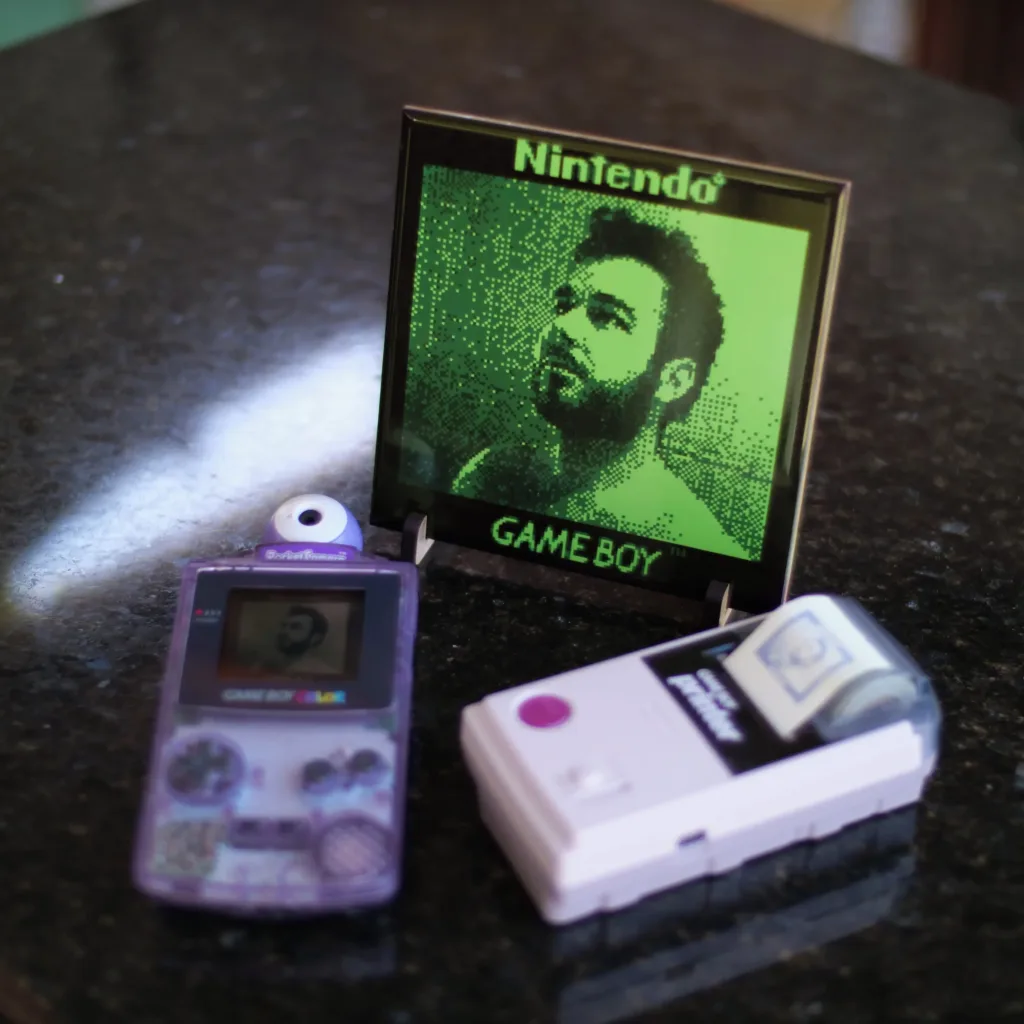
Who said that taking selfies and other souvenir photos was a recent trend? Yes, 30 years ago we didn’t have Instagram and the like, but back then, who didn’t get a disposable camera to capture their best vacation moments? And for the luckier ones, all you needed was your Game Boy and its little camera. Known as the Pocket Camera in Japan, the Game Boy Camera started being sold in 1998. Its purpose? To boost sales of a console that was gradually nearing the end of its life cycle. How did it achieve that? By allowing you to take and store 40 photos. And if you had the Game Boy Printer accessory, you could even print them out like a Polaroid!
Game Boy Pocket Sonar
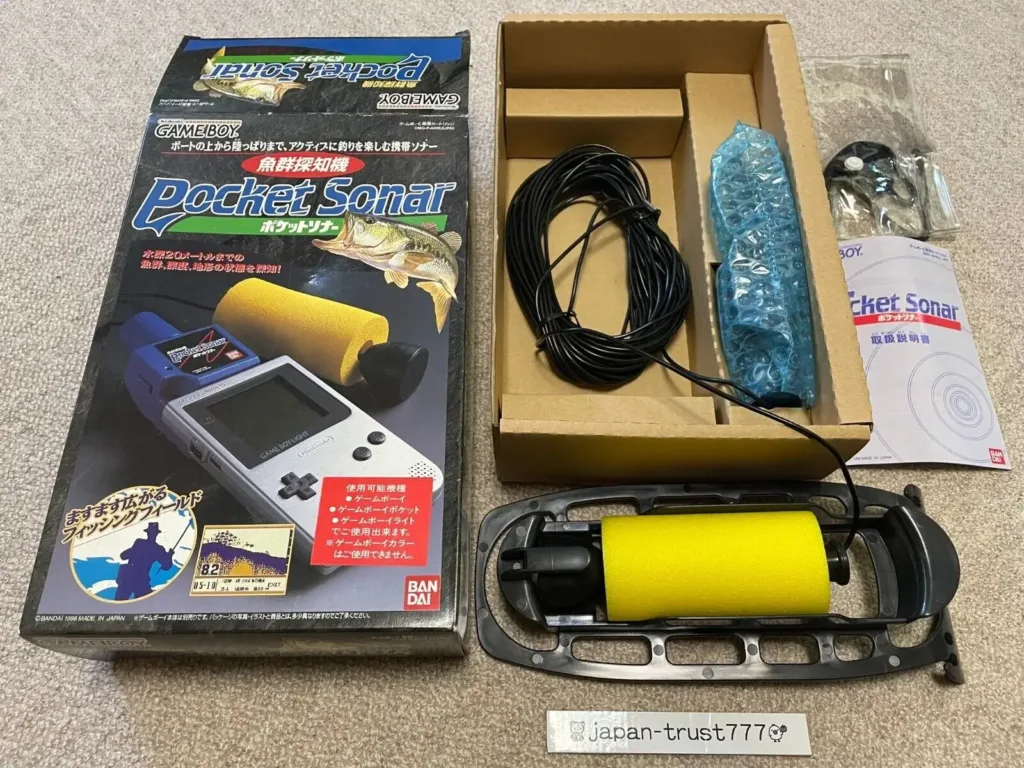
Playing on your console while waiting for a fish to bite is a fairly common practice during a fishing session. But using your console for fishing itself is quite improbable. Yet, it was indeed possible with the Game Boy. No, the console wasn’t used as bait or a fishing rod, but it allowed, thanks to the Game Boy Pocket Sonar, to detect fish swimming nearby. With an ultrasonic sensor and the mini sonar connected to your console, your Game Boy could ensure you had a very productive fishing session. Note that Bandai also released a similar accessory for its Wonderswan.
Singer Izek

This accessory is so improbable that it has probably become one of the most well-known: the Singer Izek, which is nothing other than a sewing machine. The result of a partnership between Singer and Nintendo, this large accessory allowed you to do sewing with your Game Boy Color. By inserting it into the machine, you could control it using the buttons on your console. The Singer Izek could be used to sew predefined patterns as well as create your own designs. Surprisingly, the machine received some success, leading Singer to release three versions: two Japanese versions (the Jaguar JN-2000 and the Jaguar JN-100) and one American version (the IZEK 1500). As for the games, there were at least five compatible titles, including a certain ‘Jaguar Mishin Sashi Senyou Soft: Mario Family,’ which allowed you to sew your favorite characters from the Mario universe.
Solar Pak
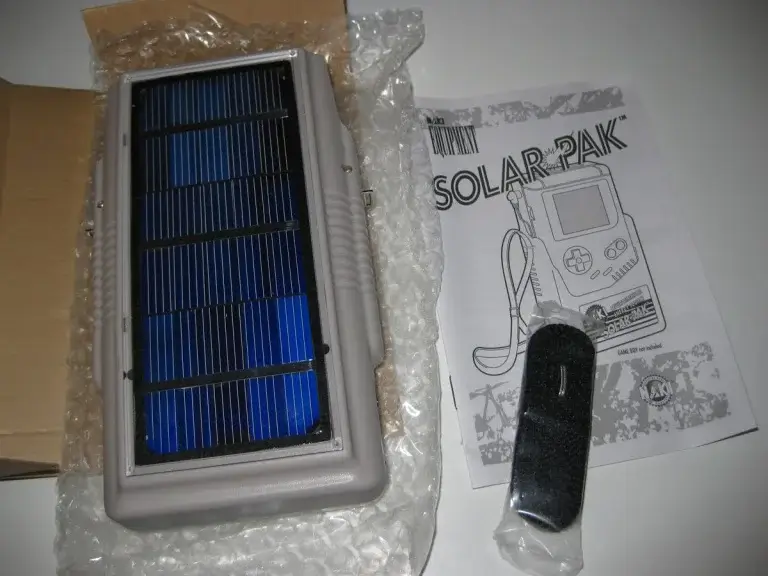
Do you know the company Naki? While ecology is becoming increasingly important today, this company was already championing it in the 90s. Their goal was to raise awareness among gamers about more eco-friendly behavior. With its batteries and all its small components, the Game Boy wasn’t exactly a model in terms of carbon emissions. To mitigate the impact, Naki released a rather special battery to attach to your Game Boy. To recharge it, you didn’t need electricity, just the power of the sun. The downside, and it was a significant one, was that the battery lasted only seven hours.
WorkBoy

The WorkBoy had been designed to connect to a Game Boy (via the Game Link) and allow it to run desktop applications like a calendar or an address book. It was the result of a collaboration between the company Fabtek and Nintendo and had been showcased at CES 1992. However, after that, there was no more news about this accessory. The main reason for its non-release was the excessively high manufacturing costs. As a result, the WorkBoy never saw the light of day, and only two prototypes exist today.

